OPERATING MODES
VOICE
Amateurs use a variety of voice, text, image, and data communications modes over radio. A “mode” can be either a modulation mode like AM or FM, or it can be an operating mode like voice, Morse, or packet. There are many additional operating modes or styles beyond what you find here. For example, mobile and portable operation, satellite, QRP, EME/moonbounce, and many others.
- AM(Amplitude Modulation – double sideband, full carrier) is the oldest form of voice modulation. A CW carrier signal is controlled (modulated) by an audio voltage, so that the amplitude of the radio carrier ranges from zero (at negative audio peaks) to 200% (at positive audio peaks). Generation and reception of traditional AM can be done with relatively simple circuits, and it is still in use by a small, but hardy group of amateurs..

- Digital Voiceis a new technique built around analog to digital converters and codecs that sample a voice signal, compress it, and transmit it as a bit stream. Like other digital media, digital voice offers interference free communications if the radio signal is strong enough to overcome the general noise and interference level.
- FM(Frequency Modulation) is the voice mode of choice for local VHF / UHF operations, fixed or mobile, simplex or repeater based. It offers good performance with simple equipment requirements. The audio signal controls (modulates) the frequency of the transmitter over a small range.
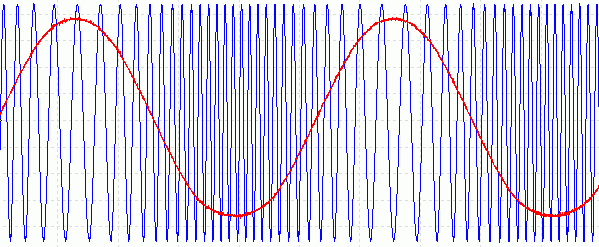
- SSB(“sideband”, Single Sideband Suppressed Carrier) is the descendant of traditional AM. Compared to AM, SSB requires less than half the bandwidth and it offers much more “talk power”, since the unnecessary carrier and second sideband are not transmitted. SSB requires more frequency stability and somewhat more complex circuitry than AM, but essentially all mainstream amateur gear for the HF bands now supports SSB voice.
- CWNow simply called “CW”, radio communication by Morse code was the only way to communicate for the first decade or more of Amateur Radio. Radiotelegraphy, the proper name, descends from landline (wired) telegraphy of the 19th century, and retains some of the old culture, including a rich set of abbreviations and procedures. Morse sent by spark gap transmitter was the first wireless communication mode. These “damped waves” were very broad and inefficient for communication. They were soon replaced by “Continuous Wave” (CW) transmission, using vacuum tube oscillators that were capable of a very pure note.

- RTTY (radio teletype) is the original keyboard to keyboard mode, based on the 5-bit Baudot code, began with mechanical Teletypes as mentioned above. It is still a popular communications mode, but now uses PCs for coding and decoding, using 170 Hz frequency shift keying at a 45.45 baud rate — 60 words per minute
- Packet– One of the first “modern” digital modes, packet radio transmits data in groups or “packets” of 10s or 100s of bytes. This allows improved throughput and error control. The basic protocol for packet radio is AX.25. Transmission speeds typically range from 300 bps on the HF bands to 1200 and 9600 bps on VHF or UHF.
- FT8 – is an excellent mode for HF DXing and for situations like multi-hop Es on 6 meters, where deep QSB may make fast and reliable completion of QSOs desirable,” Taylor’s release notes assert.

- FT4 – is an experimental digital mode designed specifically for radio contesting. Like FT8, it uses fixed-length transmissions, structured messages with formats optimized for minimal QSOs, and strong forward error correction. T/R sequences are 6 seconds long, so FT4 is 2.5 × faster than FT8 and about the same speed as RTTY for radio contesting. FT4 can work with signals 10 dB weaker than needed for RTTY, while using much less bandwidth.
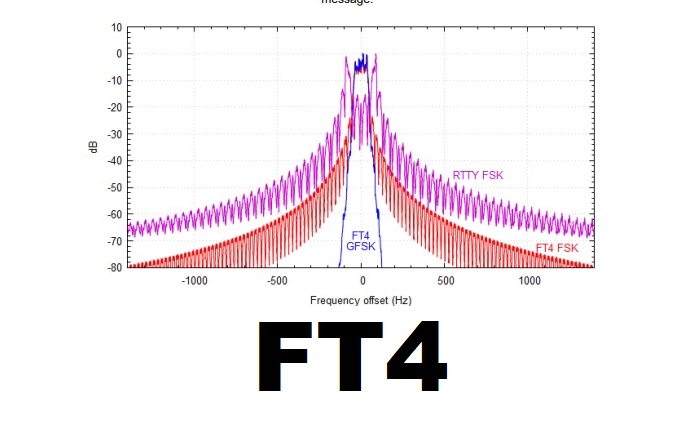
- FT4 – is an experimental digital mode designed specifically for radio contesting. Like FT8, it uses fixed-length transmissions, structured messages with formats optimized for minimal QSOs, and strong forward error correction. T/R sequences are 6 seconds long, so FT4 is 2.5 × faster than FT8 and about the same speed as RTTY for radio contesting. FT4 can work with signals 10 dB weaker than needed for RTTY, while using much less bandwidth mainly for PC/soundcard operation. AMTOR is a special form of RTTY that provides error detection and correction.
IMAGE MODES
- ATV (Amateur Television)refers to “fast-scan” television transmitted in real time using wideband modulation methods, generally compatible with consumer TV standards. Originally that was NTSC in the U.S., but some hams are now working on communications with the latest digital TV standards. For further information, see the ATV page.
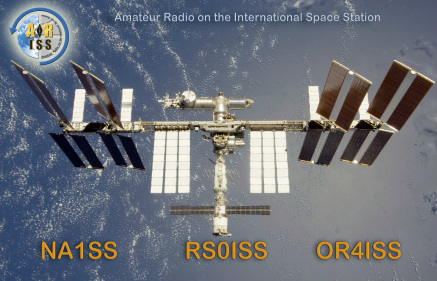
- Hellschreiberand variants were an early text transmission mode. A line of “printed” text would be scanned into a series of lines, much as a TV picture or FAX image is scanned. The picture data is sent as a series of white and black pixels, line by line. At the receiving end, the process is reversed, and the result is presented to the recipient as a simple image of a line of text.
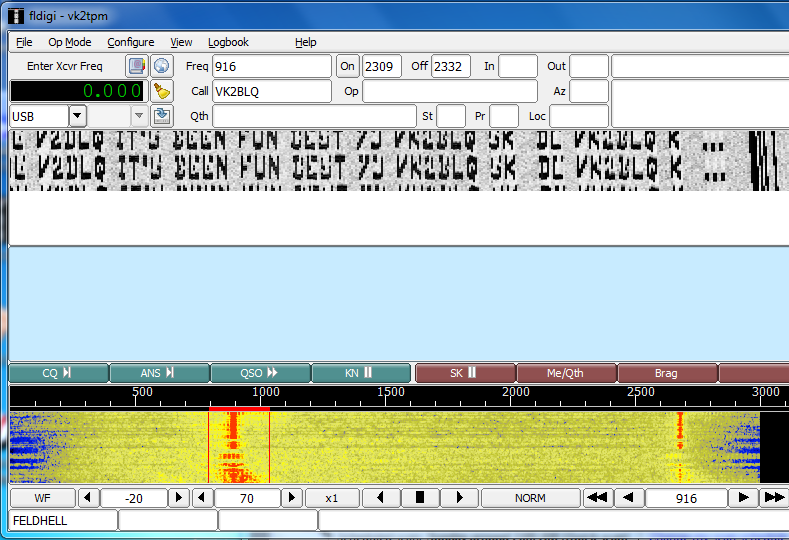
- SSTV (Slow Scan Television)is a method of sending good quality photographic images, monochrome or color, using a voice channel, typically an SSB transmitter on the HF bands. The visual data is used to frequency modulate an audio carrier. For further information, see the SSTV page.
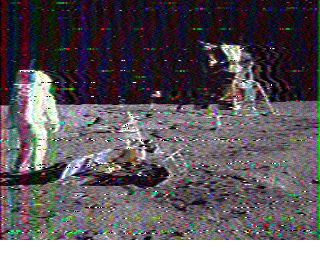
- WEFAX (Weather Facsimile)is a system for broadcasting weather images from satellites or other stations. WEFAX uses a modulation scheme similar to SSTV. Hams use it to receive weather information, but it is not a standard Amateur transmission method.

